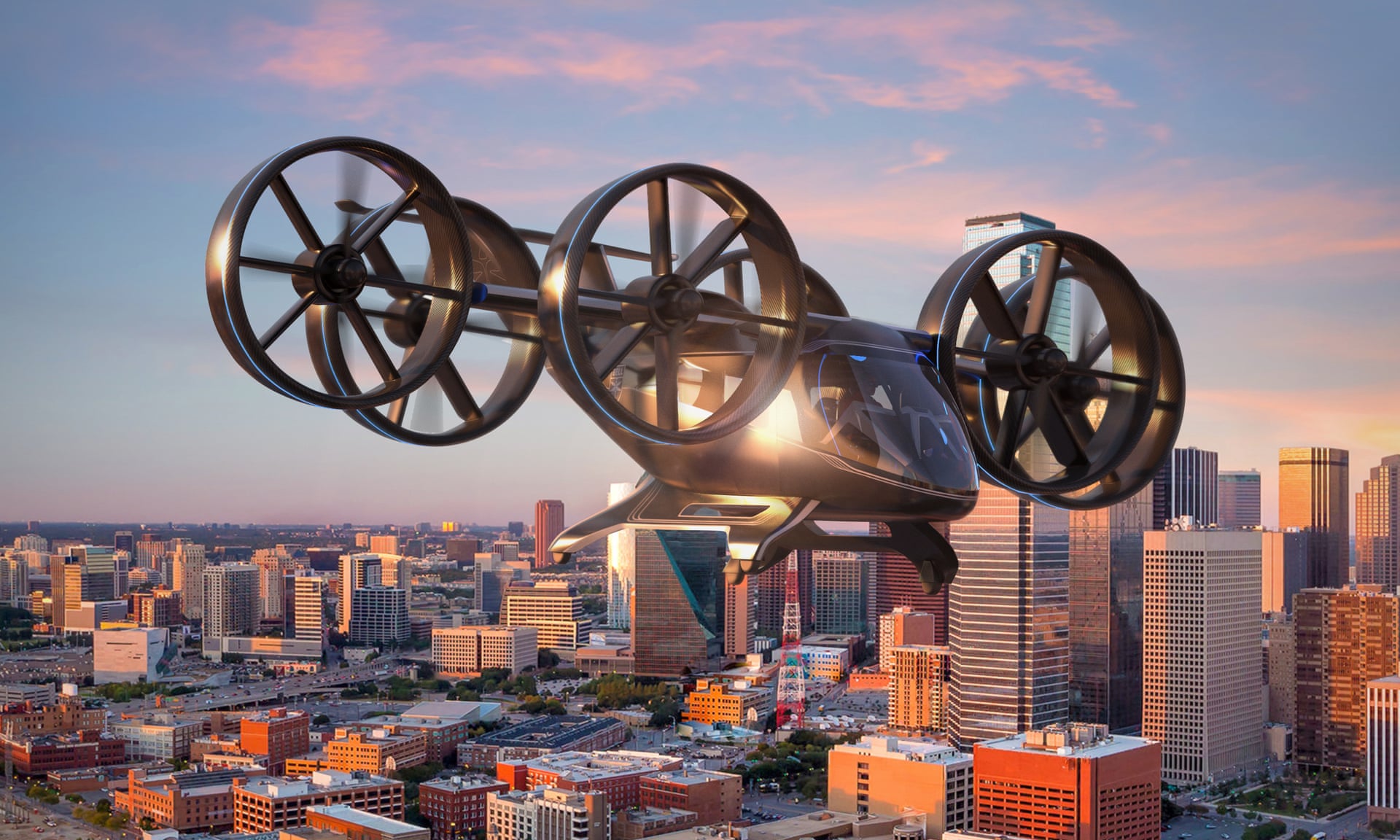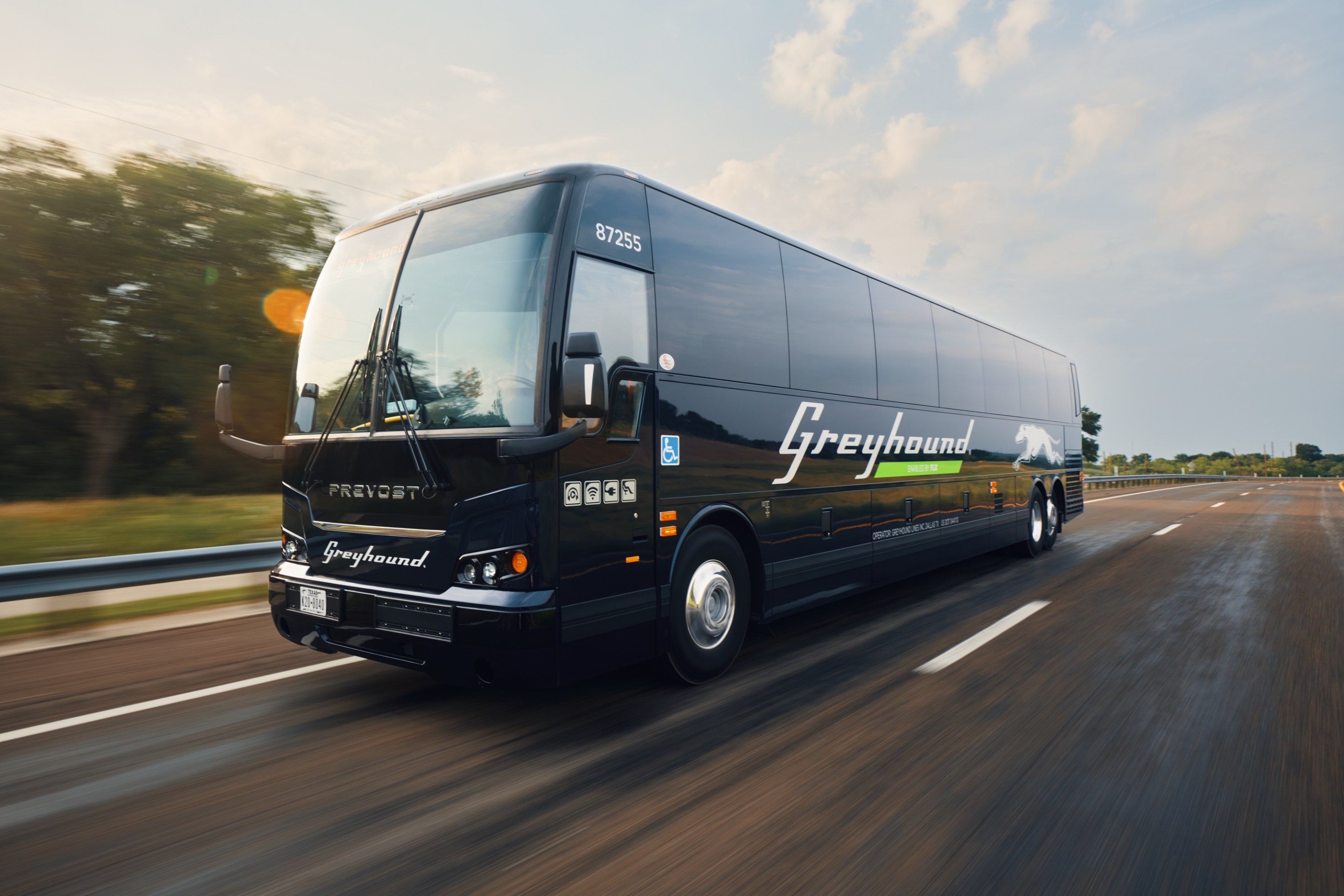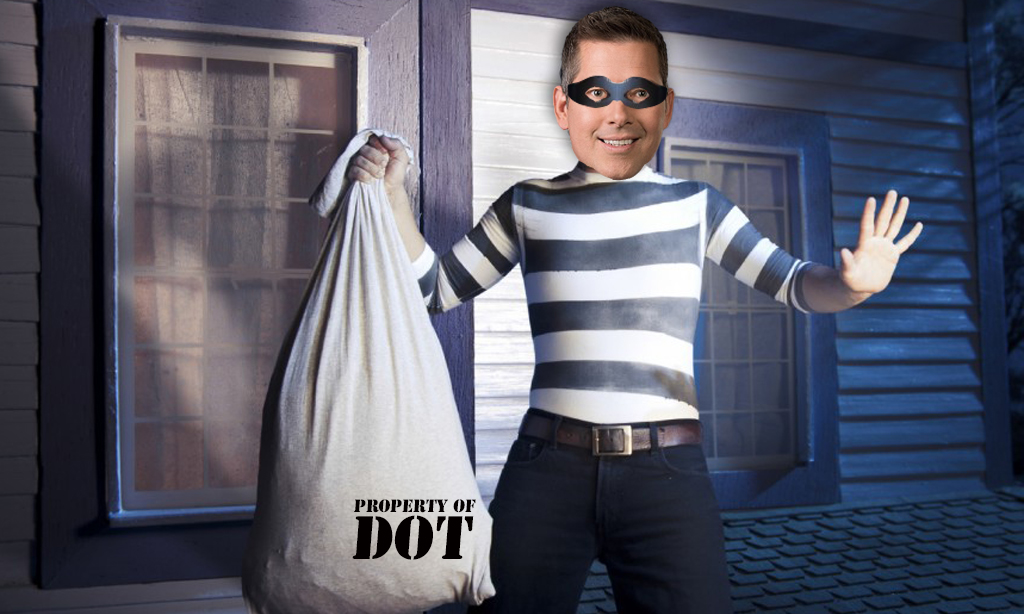Michael Andersen blogs for The Green Lane Project, a PeopleForBikes program that helps U.S. cities build better bike lanes to create low-stress streets.
For the first and second U.S. cities to start building networks of modern protected bike lanes, the payoff seems to have arrived.
In both Washington, DC, and New York City, the rate of bike commuting has doubled since 2009, according to Census figures released Thursday.
Powered by one of the country's most successful bike-share systems, a solid network of painted lanes, a handful of protected lanes, and the burgeoning bicycle culture that resulted from those changes, Washington's bike commute mode share vaulted to 4.5 percent in 2013, up from 2.2 percent in 2009. Among major U.S. cities, that estimate would place DC second only to Portland, Oregon, as a bike commuting town.
"DC has been coming up strong for several years," said Darren Flusche, policy director for the DC-based League of American Bicyclists. "It's the nation's capital; I keep waiting for someone to say they're the nation's bike capital."
New York City, meanwhile, has a lower biking rate -- just 1.2 percent, up from 0.6 percent in 2009. But that comes out to 46,000 daily bike commuters, about as many as Portland and DC combined. New York added an estimated 10,000 bike commuters in 2013 alone, its fifth straight year of growth.
Flusche credited the Michael Bloomberg administration, led by former Transportation Commissioner Janette Sadik-Khan, for rapidly dedicating space on New York streets for painted or protected bike lanes.
"I think we're finally seeing the benefits of those decisions made as far back as '09, '10, '11," Flusche said.
The 2013 figure reflects the effects of the first six months of Citi Bike, the wildly popular bike-share system launched last year in Manhattan.
Flusche said that though Washington is finally using protected bike lanes on L and M streets to create a simple low-stress grid, "the city's trying to catch up with the infrastructure" to support its new bike commuters.
"I'm now biking to work and hitting bike traffic jams on 15th," Flusche said, referring to the city's first protected bike lane, which opened in 2009. "You're in a pack the whole way. That didn't happen a few years ago. The city's sort of building up these arterials that allow you to bike with a lot of friends."
You can follow The Green Lane Project on Twitter or Facebook or sign up for its weekly news digest about protected bike lanes.






